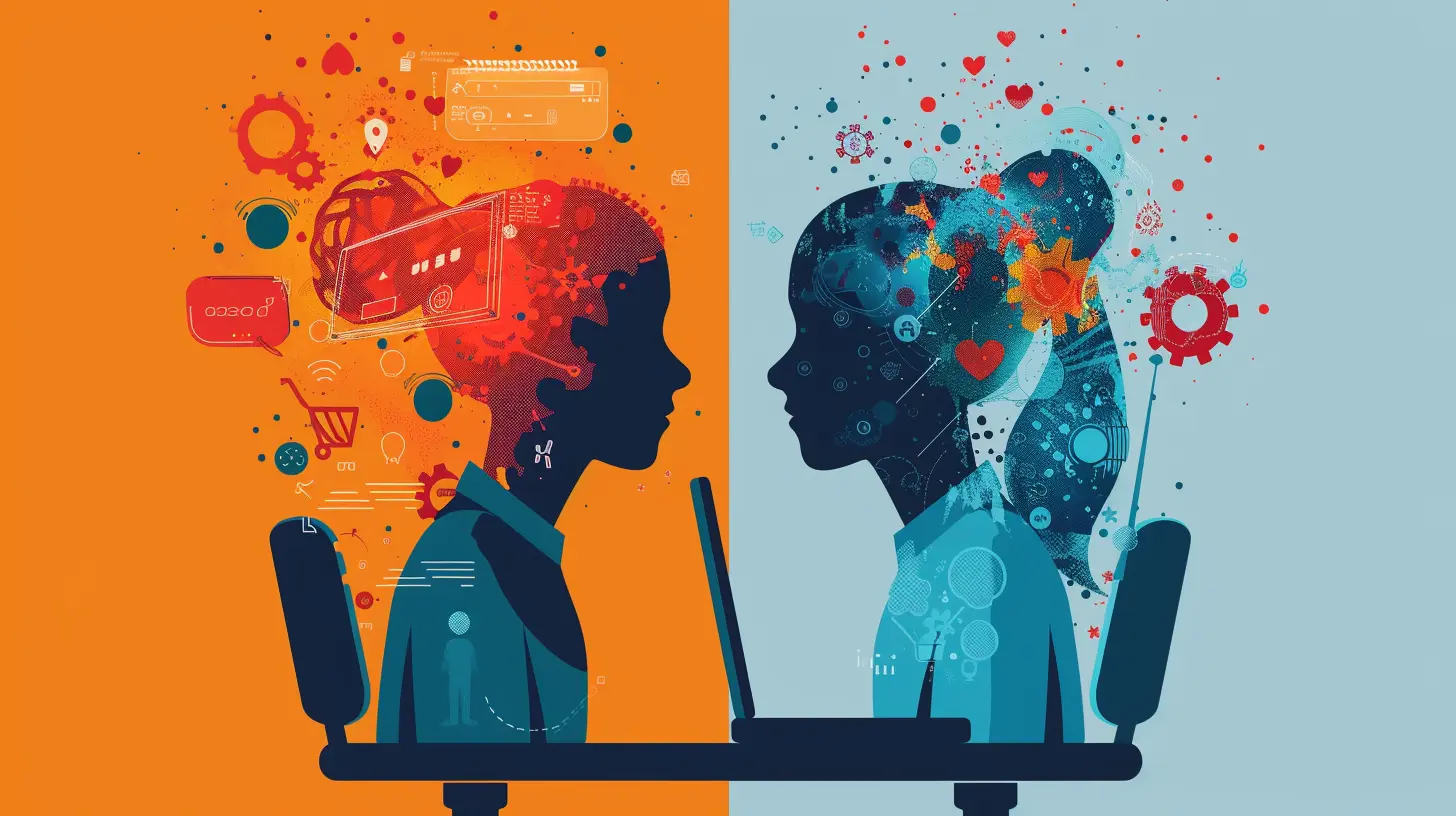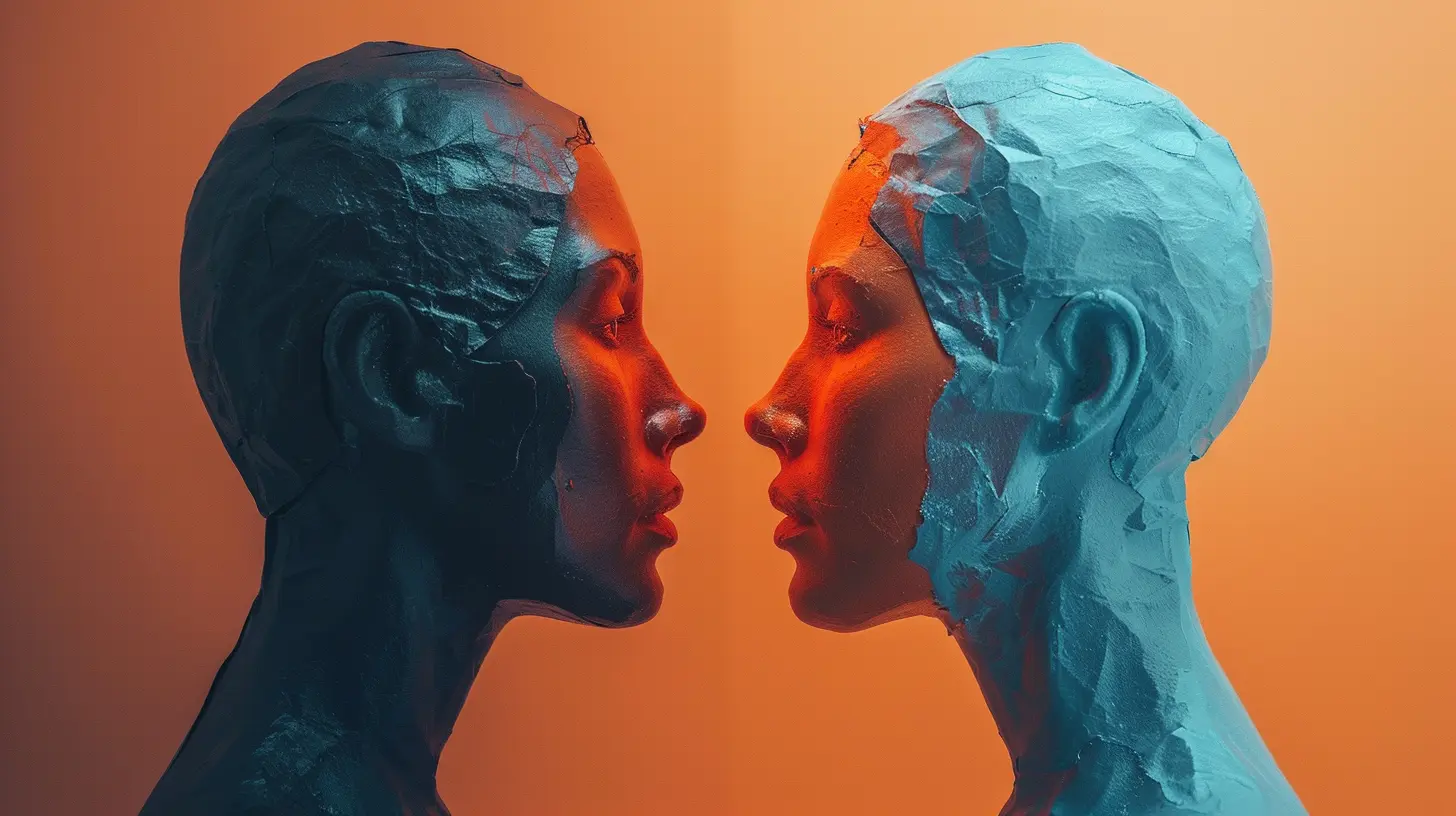Combining Online and Face-to-Face Instruction for Better Results
11 October 2025
The way we learn has seen a massive shift over the past decade. Remember the days when education meant sitting in a classroom, scribbling lecture notes, and dreading pop quizzes? Now, with the power of the internet, online learning has opened up new doors—making education more flexible, accessible, and sometimes even fun. But here's the thing—what if we didn’t have to choose between online learning and traditional face-to-face instruction? What if we combined the best of both worlds?
That’s what this article is all about: how combining online and face-to-face instruction can actually lead to better learning outcomes. Not just better grades, but more engaged students, improved retention, and a more personalized learning journey. Ready to dive in? Let’s break it down.
The Rise of Blended Learning
You've probably heard the term "blended learning" tossed around in educational circles. But what does it really mean?In simple terms, blended learning is a mix of traditional classroom teaching and online education. Think of it like your favorite coffee order—half sweet, half strong. You get the convenience and tech-savviness of digital tools, plus the human connection and structure of face-to-face interaction.
Why Now?
Technology has been inching its way into classrooms for years—from projectors and smart boards to full-on virtual campuses. However, the COVID-19 pandemic really pushed things into high gear. Schools and universities had to adapt quickly, and online platforms became classroom surrogates almost overnight.But as things settled down, educators realized something important: a hybrid approach might just be better than sticking strictly to one format.
Benefits of Combining Online and Face-to-Face Instruction
So why should we mix them? Because together, they cover each other’s blind spots. Let’s look at the core benefits.1. Flexibility for Students
Online components allow students to access material anytime, anywhere. Got a part-time job? Need to rewatch a confusing lecture? No problem. Learning doesn’t have to be confined to a 9-to-5 schedule.At the same time, in-person sessions give structure and deadlines, helping students stay on track.
2. Personalized Pace and Learning Style
Not everyone learns the same way—or at the same speed.Online tools often offer adaptive learning features. That means if you’re struggling with a concept, the system can provide extra support. And if you’re acing everything? You can speed ahead. Meanwhile, face-to-face discussions and group work cater more to social learners who thrive on interaction.
3. Increased Engagement
Let’s be honest—long lectures can get boring real quick. But combine them with interactive online quizzes, discussion forums, and multimedia content, and suddenly the learning experience becomes dynamic.In-person classes bring the energy and spontaneity of real-time conversation, which can be hard to replicate behind a screen.
4. Improved Retention and Understanding
Face-to-face instruction reinforces the theoretical aspects introduced online. Students can ask questions, get instant feedback, and discuss confusing points.On the flip side, online resources like videos and readings allow for review and repetition, which are key to retention.
5. Better Accessibility
Blending learning makes education more inclusive. Students with disabilities, health issues, or transportation problems can still stay engaged.Also, online modules often come with captions, adjustable font sizes, and audio options—making content more accessible to everyone.
Challenges (And How to Overcome Them)
Of course, no system is perfect. Blending online and face-to-face learning does come with its own set of hurdles. But hey, nothing worth doing is ever easy, right?1. Tech Troubles
Not every student or teacher is a tech wizard. Glitches happen, and not everyone has the same access to devices or high-speed internet.Solution: Schools need to ensure that digital literacy training is provided. Also, tech support should be easily accessible and proactive.
2. Time Management Struggles
When students are given more freedom, they sometimes lose motivation or procrastinate.Solution: Regular check-ins, clear timelines, and accountability measures help keep everyone on track.
3. Balance Issues
Not every course splits neatly between online and in-person. Some subjects (like lab sciences or performing arts) need more face time than others.Solution: Flexibility is key. Course design should be tailored to the subject matter, not forced into a 50/50 model. Sometimes 70/30 or even 90/10 might be just right.
How Do You Blend Instruction Effectively?
Now that we know the "why," let’s talk about the "how." Here are some practical tips educators and institutions can follow:Start With the Learning Objectives
Before deciding what goes online and what stays in the classroom, figure out what students need to learn. Then match the method to the goal.If a topic involves deep discussion or emotion (like ethics or literature), face-to-face might be better. But for self-paced content (like terminology or theory), online is usually more effective.
Use the Right Tools
Not all online platforms are created equal. Choose tools that are user-friendly, reliable, and interactive. Think video conferencing for real-time collaboration, discussion boards for asynchronous communication, and quizzes or polls for instant feedback.Keep It Interactive
Whether it’s an online module or a classroom lecture, interaction is key. Use breakout rooms, group projects, gamification, and real-world case studies to keep things interesting.Encourage Communication
In a blended environment, communication can easily fall through the cracks. Set clear channels for updates, assignments, and questions. Slack groups, email lists, and LMS announcements can work wonders.Continuously Improve
Collect feedback regularly from students to see what’s working and what’s not. Are the online videos too long? Are in-person sessions too few?Use that feedback to tweak and improve the blend. It’s not a one-and-done deal—it’s a continuous process.
Real-Life Examples of Blended Learning Success
Need some proof? Let’s look at real examples of how blending online and face-to-face instruction has worked in action.Case Study 1: College-Level Biology
A university-level biology course was split between online theory and in-person labs. Students watched pre-recorded lectures at home and participated in quizzes before coming to class.The result? More engaged discussions during lab time, and higher final grades compared to fully in-person versions of the course.
Case Study 2: High School English
An English teacher implemented a flipped classroom model—assigning YouTube videos and digital readings as homework. Class time was used for debates, writing workshops, and peer reviews.Students reported higher satisfaction, and the teacher noticed a significant improvement in writing quality.
Case Study 3: Corporate Training
One company adopted a blended model for employee onboarding. New hires completed online modules at their own pace, then attended a one-day in-person workshop.This reduced training costs while improving long-term retention and employee satisfaction.
The Future of Education is Hybrid
So what’s next? Honestly, it's hard to imagine a future without some kind of blended approach.The digital age is here to stay, and while in-person learning will always have its place, students are demanding more flexibility, better engagement, and personalized experiences. Blending online and face-to-face instruction isn’t just a trend—it’s a necessity.
Educators who embrace this hybrid model are setting their students up for success—not just in the classroom, but in life. Because let’s face it—real-world learning happens everywhere, not just behind a desk or a screen.
Final Thoughts
Mixing online and traditional classroom methods is like peanut butter and jelly—it just works. Each offers its own strengths, and when combined thoughtfully, the result is a richer, more engaging, and more effective learning experience.If you're an educator, administrator, or even a student wondering how to make the most out of your learning journey, remember this: the magic isn't in choosing one method over the other. It's about finding the right recipe that brings out the best in both.
So, ready to rethink the way we teach and learn?
all images in this post were generated using AI tools
Category:
Blended LearningAuthor:

Bethany Hudson
Discussion
rate this article
1 comments
Caelum Hughes
Great article! Embracing both online and face-to-face instruction opens up a world of possibilities for engaging learning experiences. It's like mixing your favorite flavors for the perfect smoothie! With a little creativity and flexibility, we can cater to diverse learning styles and empower every student to thrive. Keep it up! 🍏✨
October 20, 2025 at 3:58 AM

Bethany Hudson
Thank you! I appreciate your insights on blending both approaches to enhance learning experiences. Your smoothie analogy is spot on! 🍏✨


